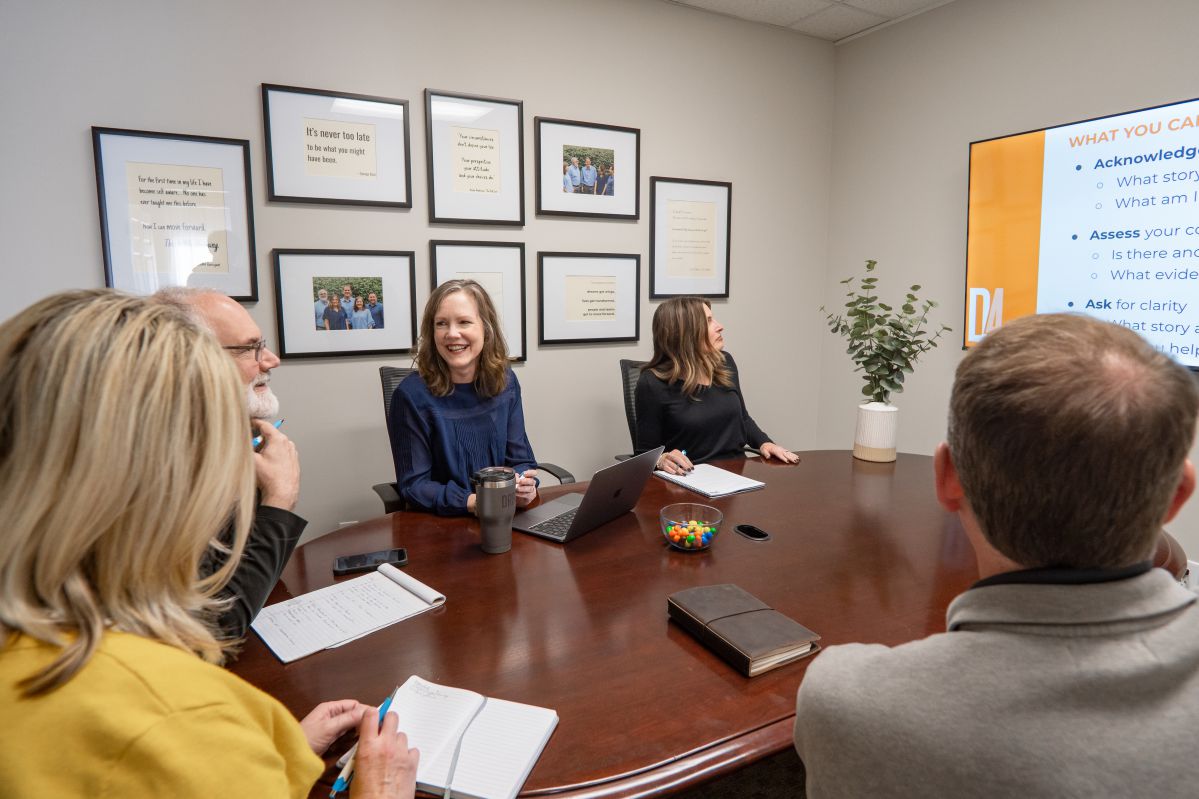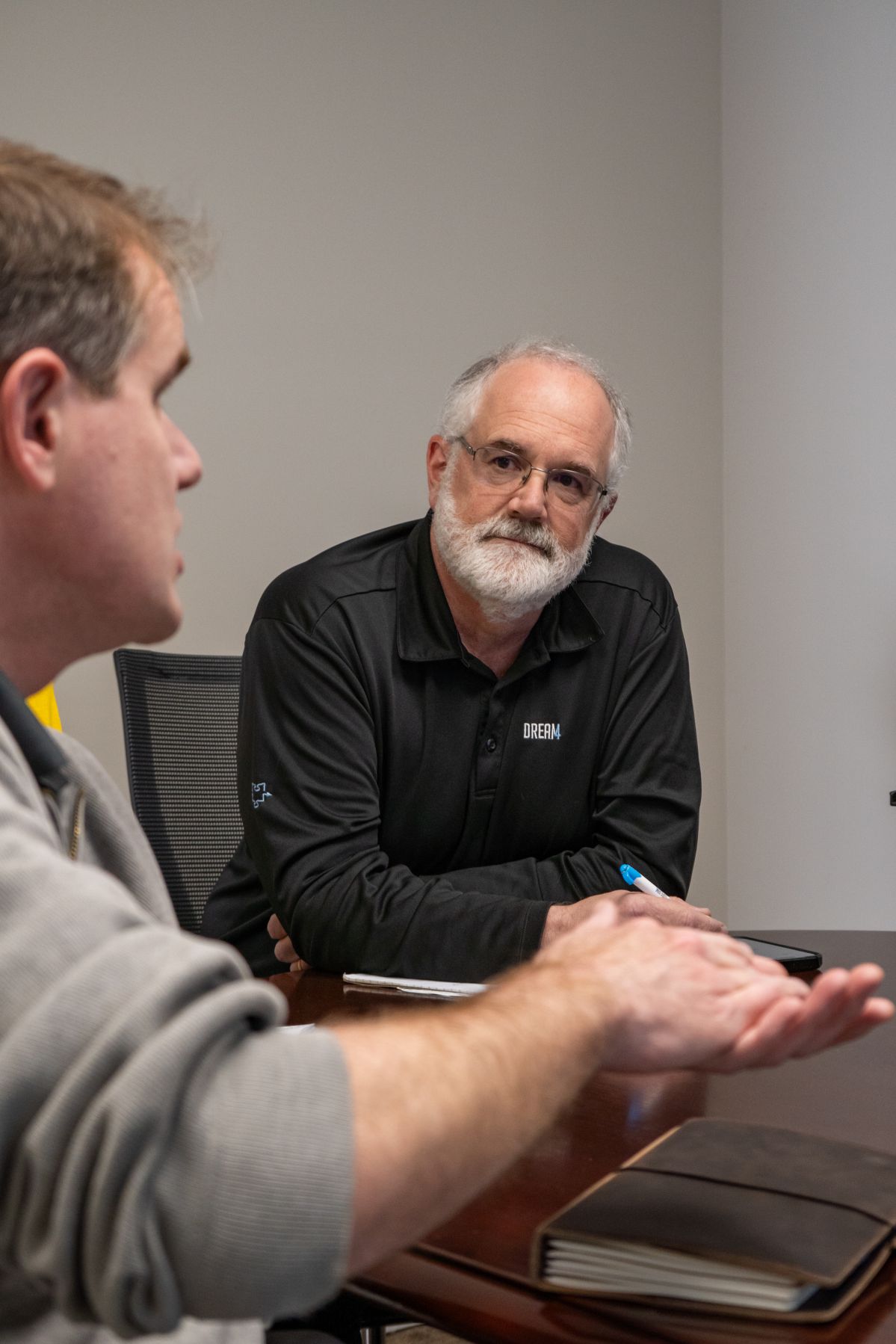“Why Face-to-Face Still Matters”
In the middle of 2020, I really started missing the hugs. To be transparent – I didn’t grow up being a “hugger.” As a matter of fact, my family was never too big on showing affection of any kind. We all KNEW we were loved – but it was much later in life, after we had kids of our own, before my family started showing it and saying it regularly. I think the grandkids had a LOT to do with that!
It changed for me several years sooner – when I started dating my future spouse. Her family introduced me to SHOWING how they felt. It scared me to frigging death! They absolutely slobbered all over me.
But after the initial shock wore off – I started liking it, and I wanted my future family to grow up that way! I became a hugger.
There’s something very medicinal about a solid, totally plutonic, well-timed hug. It is very cathartic when delivered and received well. I’m certainly not saying it should be the “norm” in the workplace, but I have to tell you – there are a couple of people who just seem to know when I have needed a hug through the years; it has made all the difference for me!
Unfortunately - that all changed last year – not only for “hugs-sake” but even for face-to-face contact for any meaningful amount of time. Certainly, we have seen how technology can be used to fill part of the gap, and most of us have learned to adapt very well. We have even learned some things that will allow us to be even more productive down the road. But we should NEVER allow this to replace face-to-face totally.
Here’s why responsible and planned face-to-face meetings are still crucial to actively building and sustaining corporate culture remotely.
- Building Culture Requires Engagement – Virtualizing social interaction runs the risk of further decreasing engagement, which is critical for effectiveness, innovation, and culture development. Consider how team members, many of whom are not engaged anyway (workplace disengagement remains around 70% in America), might be much more negatively impacted in online specific environments. Statistics show us that 93% of communication is indeed non-verbal. Face-to-face interaction allows participants a host of subtle cues, making it easy to tell if someone is not engaged and address such matters in real-time. Finding safe ways to connect face-to-face periodically helps with engagement.
- Building Culture Requires Interaction – Steve Jobs once suggested that the real progress of innovation occurs not in planned meetings but in the spontaneous interactions -- from coffee breaks and lunches to random hallway conversations -- around the office. One of the attractions of virtual meetings is their finiteness. When you turn off Zoom, the meeting is over, and you can move on. But that might also turn out to be one of the most significant liabilities of virtual meetings. It typically eliminates the follow-up interactions. Begin encouraging Zoom participants to have follow-up Zoom calls to chat. Send a spontaneous Starbucks gift card to several colleagues and commit to meet them outside at a spot for a socially distanced chat. Face-to-face matters THAT much!
- Building Culture Requires Depth – We have all heard the saying, “no one cares how much you know until they know how much you care.” The fact is that building a significant and sustainable culture has always been difficult – even when we were able to hug! But extra diligence must be present now while we cannot. Why? Because human beings are wired for connection. And not just superficial – it must feel real. Each of us has experienced the contrast between a formal classroom setting versus the deeper interaction and experience of exchanging ideas with a trusted colleague. In the long-term, virtual interactions could actually hinder social network development and the creation of friendships that provide the opportunity for bouncing ideas off each other moving forward. Thriving organizational cultures have lots of this! Remember, it’s the coffee breaks, lunches, and dinners that provide the real opportunities to develop relationships with others – and culture.
At the end of the day, these concerns suggest the need for a balance between virtual and face-to-face interaction to achieve a successful social interaction equilibrium and the flourishing organizational culture we desire. Although virtual communication has temporarily replaced much of our face-to-face interactions, we hope that post-pandemic business organizations exercise caution and discernment in deciding just how much to change routines, activities, and ways of getting things done. Virtual communication has many benefits, but in our view, the value of face-to-face communication simply cannot be replaced.
For more on DREAM4 and their impact on organizational engagement and leadership development, go to www.dream4impact.com Or Schedule a call TODAY.




